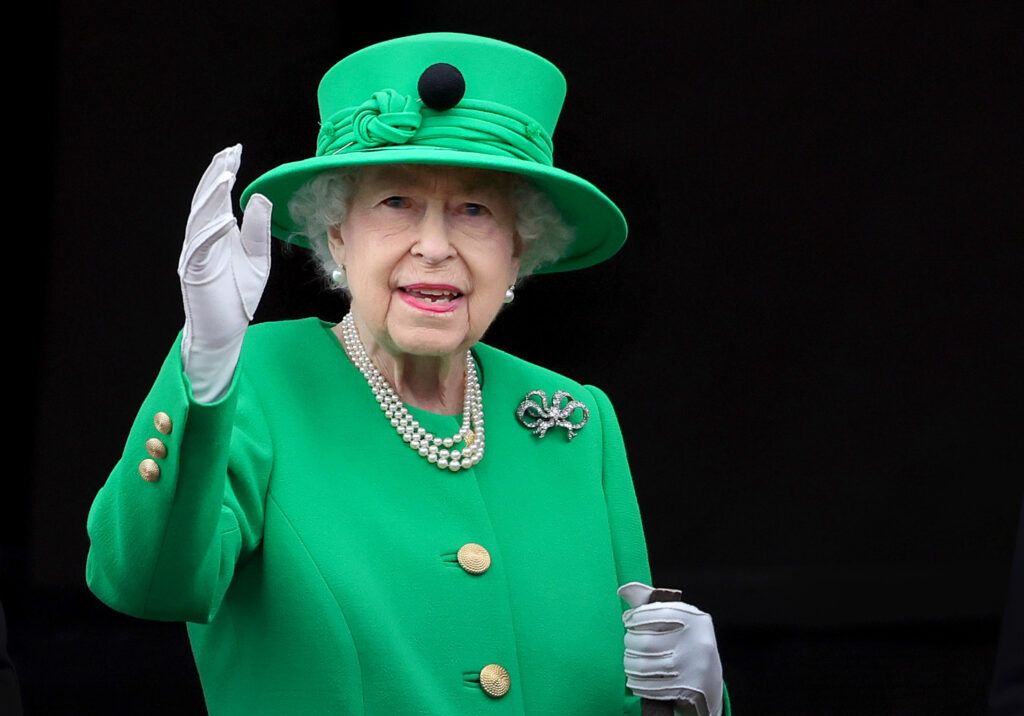The Queen’s Death and its Economic Implications
Following Queen Elizabeth II’s death, the UK must deal with the possible subsequent economic and social impact that may be introduced in the coming weeks and months. Not only did she reign for more than 70 years, but she is on coins and cash, passports, stamps, and more. Her death brings about a “mourning period” as well that may also have economic implications.

During the mourning period and on the day of her death, schools, businesses, and the stock market close for a day which will result in a great hit to the economy. Furthermore, the Bank of England has postponed its monetary policy meeting by a week. There is a lot of talk about recessions and a period of economic uncertainty as public sentiment following the Queen’s death and the closure of businesses leads to a potential downward economic status.
Another reason the Queen’s death sparks conversations surrounding the political, social, and economic framework of the UK is that the new Prime Minister, Liz Truss, who has been recently appointed, must halt all political actions during this period of mourning. Energy bills and inflation have been on the rise and her plans to implement a stimulus package will be postponed during the mourning time. Another event that makes headway after the Queen’s death is Prince Charles’ new appointment as King.
Since 1952, the Queen’s face has been on everything from coins, paper money, stamps, passports, and more. For each of these, new ones will be introduced with the new King Charles’ face. These changes will be costly, especially paired with company closures, bank closures, uniform updates, and more. A recession in the UK is imminent as they deal with these sudden changes to their monarchy along with inflation up in the double digits, around 10%, and an energy crisis.









